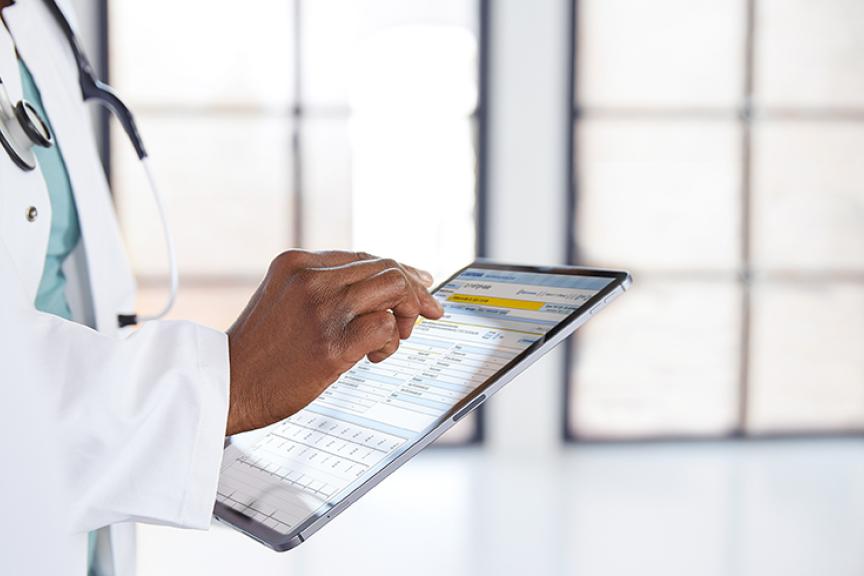Pandemic Sees Big Jump in Remote Monitoring Use, but Reimbursement Still a Barrier

More than two decades after BIOTRONIK Home Monitoring® was first invented, remote monitoring (RM) for cardiac implantable electronic devices is recommended by cardiology societies around the globe, including the European Society of Cardiology (ESC), Heart Rhythm Society in the US, and the Latin American Heart Rhythm Society, among others. RM provides 24/7 monitoring of both a patient’s clinical condition and their implanted devices, allowing the physician to receive early warnings for potentially adverse cardiac events. BIOTRONIK Home Monitoring, in particular, is linked to a greater than 60 percent reduction in all-cause mortality among heart failure patients with an implanted device. When patients are doing well, RM can help to safely reduce the number of in-office follow-ups, helping stretched clinicians better manage limited resources. 2021’s ALERT study even finds that alert-based home monitoring is linked to an 81 percent reduction in non-actionable visits to a clinic. Yet a new EP Europace publication finds that RM use is far from universal across Europe, with differing reimbursement practices being a critical barrier to wider adoption.

Despite the clear clinical and economic benefits and the support of the technology within the medical community, the lack of full and consistent reimbursement is still a big obstacle for clinics in adopting remote monitoring.
Reimbursement Practices Vary Across Europe
The publication finds most European countries surveyed reimburse device specialists for both in-clinic device checks and remote device management. Yet few provide a reimbursement tariff for heart failure management or the hardware and software required to use RM. Even hardware reimbursement practices, where they exist, are highly disparate. For example, only some German health insurance funds reimburse the necessary hardware. In 2022, telemonitoring of patients with heart muscle weakness (cardiac insufficiency) became part of the standard care in Germany. That means patients with advanced cardiac insufficiency have a legal right to continuous telemedical care for the first time, requiring reimbursement for at least these patients, but progress to implement routine funding has been slow. In the UK, the decision depends on the NHS trust, via a situation commonly known as ‘postcode lottery.’ Finland, Switzerland, and the Czech Republic also reimburse hardware—but at least 13 other European countries surveyed do not.
The Use of Remote Monitoring Is Increasing
At the same time, COVID—19 saw a significant increase in RM use, the study finds. What began as a necessity to keep patients safely at home in non-emergencies and protect hospital resources has remained a common practice, likely due to other clear clinical and workflow benefits. RM use in pacemakers is up from 24 percent pre-pandemic to the 40 percent seen recently. RM in ICDs and CRTs has risen to 70 percent over the same time period. Yet, among the 20 European countries surveyed, reimbursement for both RM hardware and HF disease management services is the norm only in Switzerland.
“The clinical and economic evidence for high-risk patients like defibrillator and CRT-D patients has been clear for some time now. But we’re also seeing substantial evidence supporting remote monitoring for pacemaker and cardiac monitor patients,” says Antje Smala, Head of Health Economics and Market Access at BIOTRONIK. “Despite the clear clinical and economic benefits and the support of the technology within the medical community, the lack of full and consistent reimbursement is still a big obstacle for clinics in adopting remote monitoring.”
That’s why the authors of the Europace publication come to the following conclusion to ensure the best possible patient care: “The post-pandemic period should be characterized in our view by full implementation of RM as a standard of care for the follow-up of patients with a CIED,” the authors wrote. “Introducing appropriate reimbursement in those countries where it is currently unavailable would make RM attractive even for the providers, while it would still be cost-saving for the healthcare system.”


